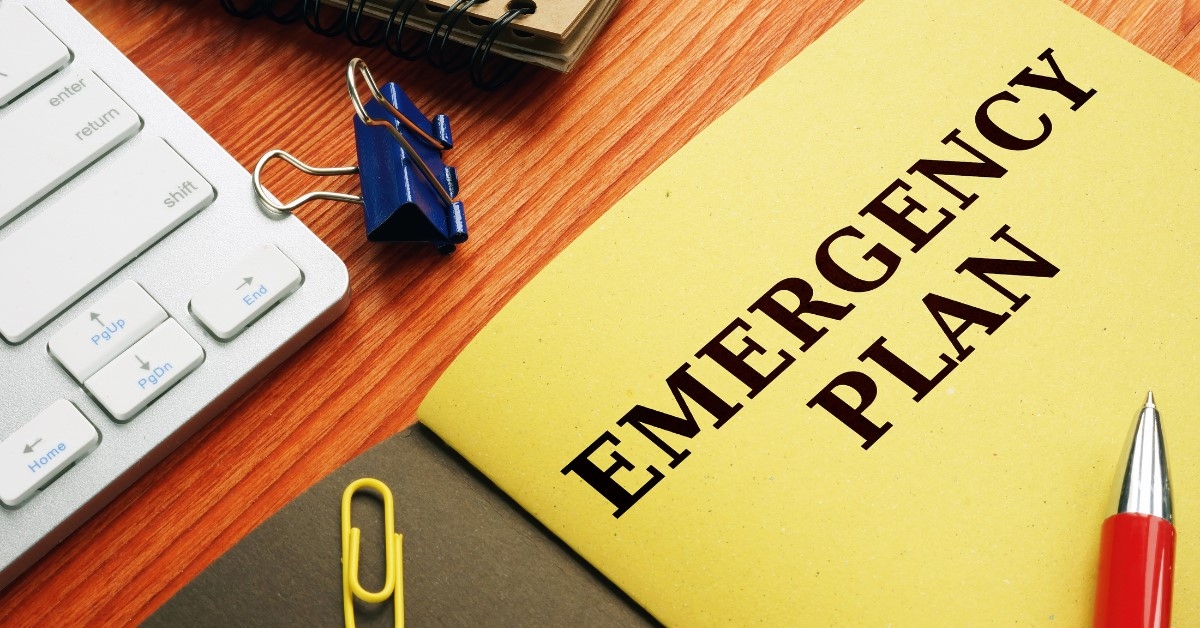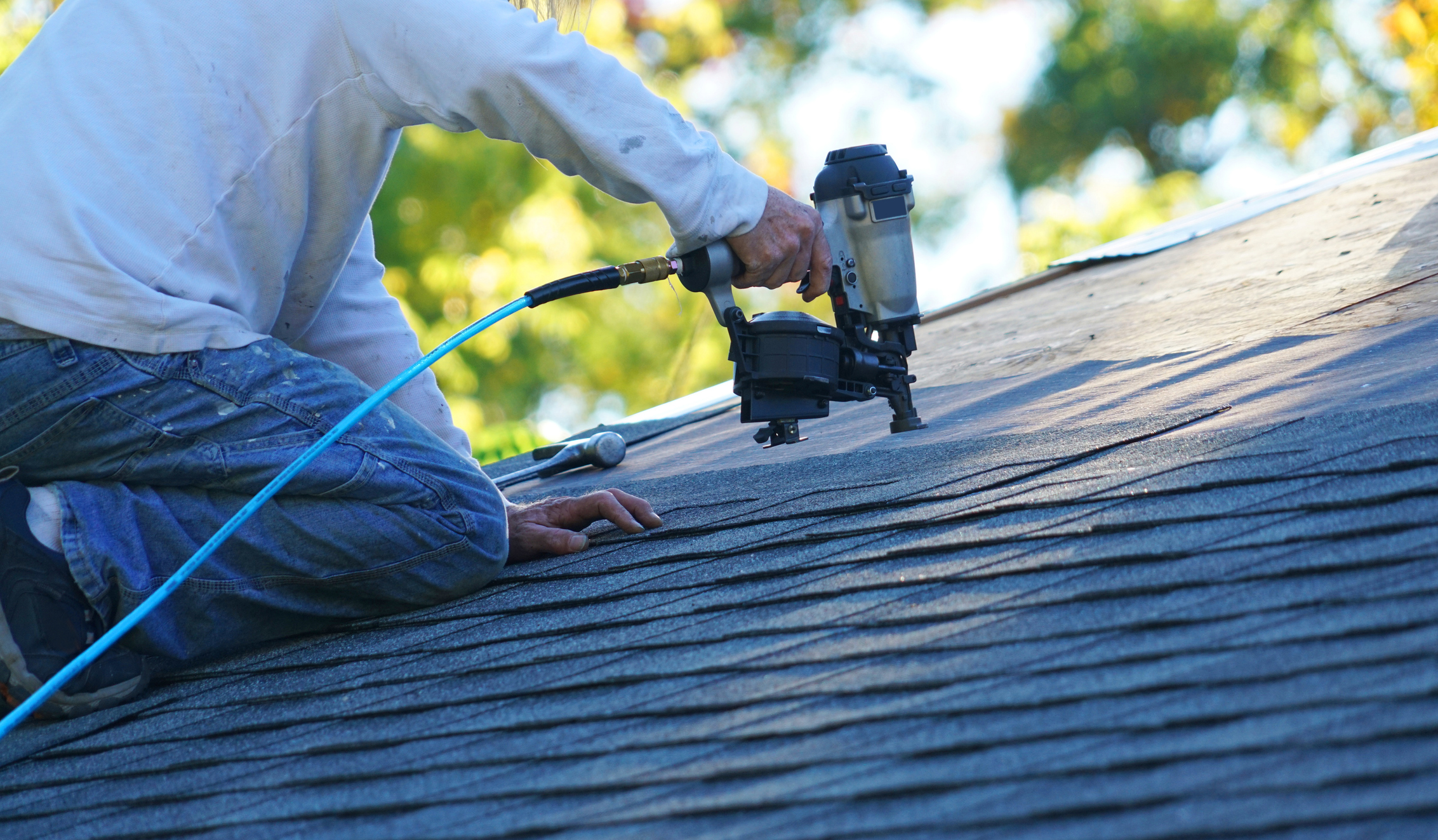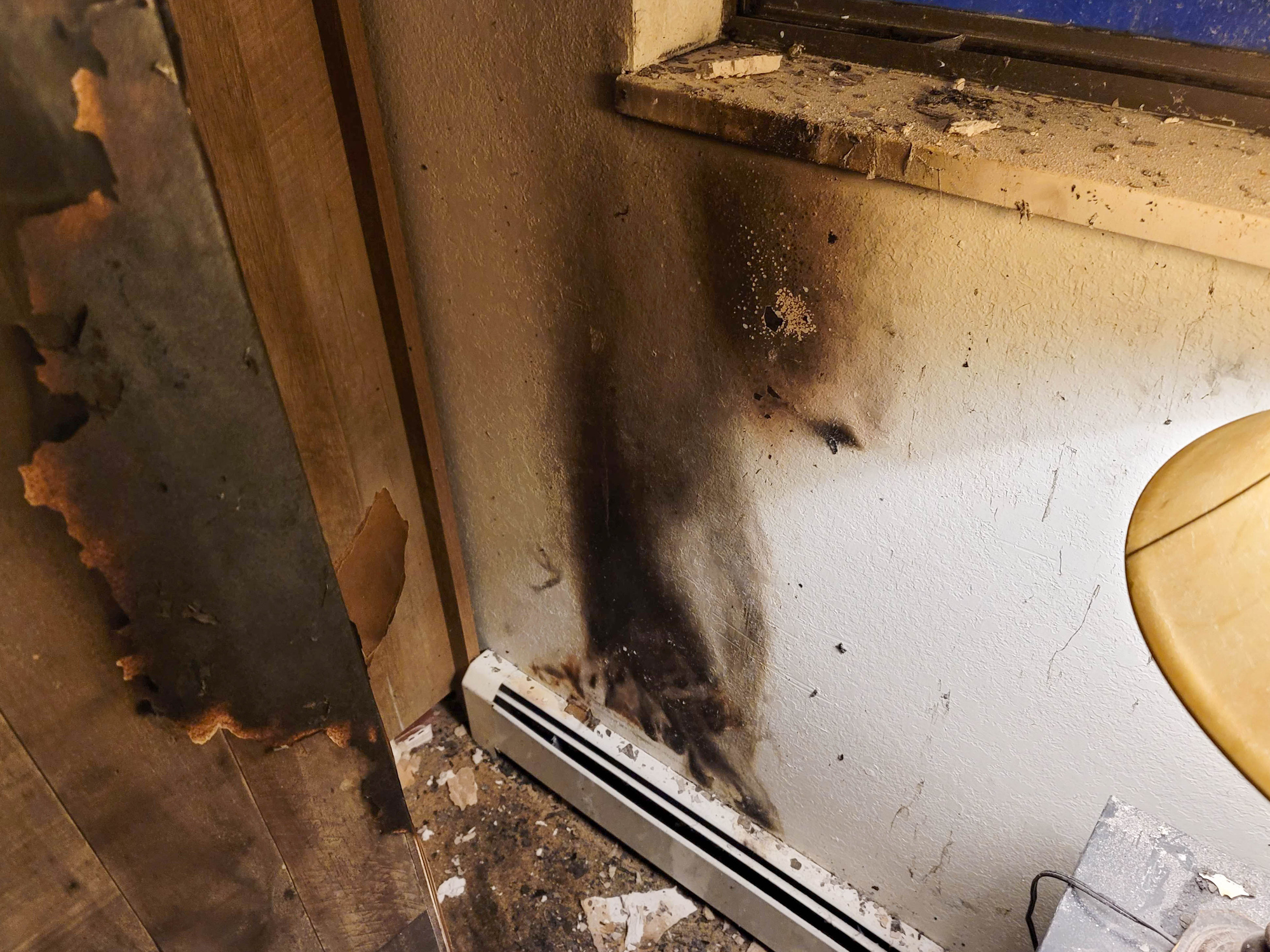Disasters, whether natural or human-made, can strike at any moment, leaving families vulnerable and in distress. While we can’t always predict when a disaster will occur, we can take proactive steps to prepare ourselves and our loved ones for these unexpected events. A comprehensive disaster preparedness plan is essential for ensuring the safety and well-being of your family during challenging times. In this blog post, we’ll guide you through the process of creating a comprehensive disaster preparedness plan, empowering you to face emergencies with confidence and resilience.
Understanding the Risks
The first step in creating a disaster preparedness plan is understanding the specific risks in your region. Different geographic areas are prone to various types of disasters, such as hurricanes, earthquakes, wildfires, floods, tornadoes, or winter storms. Begin by identifying the most common and likely disasters in your area to tailor your plan accordingly.
Research Local Hazards: Consult local authorities, emergency management agencies, and weather services to understand the potential hazards your region faces.
Assess Vulnerabilities: Evaluate your family’s vulnerabilities, taking into account factors like age, health conditions, and special needs.
Community Resources: Familiarize yourself with community resources, such as evacuation routes, emergency shelters, and communication channels.
Family Emergency Contacts
One of the first elements of your disaster preparedness plan should be a list of emergency contacts. Ensure that every family member knows how to reach these contacts, even if cell phone networks are unavailable. Make sure your list includes:
Local Authorities: Save the non-emergency numbers for your local police, fire department, and emergency medical services.
Family Members: Include contact information for immediate family members and relatives who can assist in an emergency.
Neighbors and Friends: Establish a network of trusted neighbors and friends who can provide support during a disaster.
Medical Professionals: List contact details for doctors, pharmacists, and other healthcare providers who are familiar with your family’s medical needs.
Emergency Communication Plan
During a disaster, communication can be challenging due to overloaded networks or power outages. Having a well-thought-out communication plan is crucial:
Establish a Meeting Point: Designate a meeting point outside your home in case family members get separated during an evacuation.
Emergency Contacts: Instruct family members to check in with the designated out-of-town contact person to coordinate information and reunite if necessary.
Alternate Communication Methods: Invest in two-way radios, satellite phones, or other communication tools that can function during network disruptions.
Emergency Notifications: Sign up for emergency notification systems provided by local authorities or organizations to receive alerts and updates.
Emergency Kit and Supplies
Creating an emergency kit is an essential component of your preparedness plan. This kit should contain enough supplies to sustain your family for at least 72 hours. It should include:
Water: Store one gallon of water per person per day for drinking and sanitation purposes.
Non-Perishable Food: Pack a variety of non-perishable foods such as canned goods, granola bars, dried fruits, and nuts.
First Aid Kit: Assemble a comprehensive first aid kit that includes bandages, antiseptics, prescription medications, and medical supplies.
Clothing and Blankets: Include warm clothing, blankets, and rain gear suitable for your climate.
Flashlights and Batteries: Ensure you have multiple flashlights with extra batteries for lighting during power outages.
Personal Hygiene Items: Include soap, hand sanitizer, toothbrushes, and other personal hygiene items.
Tools and Multipurpose Items: Pack a multi-tool, duct tape, a manual can opener, and items that can serve multiple purposes.
Important Documents: Store copies of important documents like passports, IDs, insurance policies, and medical records in waterproof containers.
Cash: Have cash on hand in case ATMs and card payment systems are unavailable.
Special Needs Items: If you have family members with specific needs, ensure you have necessary supplies such as baby formula, diapers, or pet food.
Evacuation Plan
In some emergencies, you may need to evacuate your home swiftly. Having a well-defined evacuation plan can make the process safer and more efficient:
Evacuation Routes: Identify primary and alternative evacuation routes from your home to safe locations.
Shelters: Know the locations of emergency shelters in your area and the routes to reach them.
Transportation: Plan how you will evacuate, including the use of personal vehicles or public transportation.
Pets: Include provisions for the evacuation of pets, including carriers, food, and identification tags.
Communication: Ensure every family member knows the evacuation plan and where to meet if separated.
Emergency Contacts: Share your evacuation plan with out-of-town emergency contacts so they can track your progress.
Practice and Review
Creating a disaster preparedness plan is a vital first step, but it’s equally crucial to practice and review it regularly:
Drills: Conduct emergency drills with your family to ensure everyone knows their roles and responsibilities.
Maintenance: Check and update your emergency kit and supplies regularly, replacing expired items and ensuring equipment is functional.
Review Contacts: Review and update your list of emergency contacts as necessary.
Communication: Discuss and practice your communication plan with family members.
Stay Informed: Stay informed about changing weather patterns, community updates, and disaster preparedness tips from local authorities.
A comprehensive disaster preparedness plan is a valuable investment in your family’s safety and well-being. By understanding local risks, establishing emergency contacts, creating communication plans, preparing emergency kits, and practicing evacuation procedures, you can empower your family to respond effectively to unexpected disasters. Remember that preparedness is an ongoing process, so regularly review and update your plan to ensure it remains effective and relevant to your family’s needs. In times of crisis, your preparation can make all the difference in ensuring your family’s safety and resilience.












